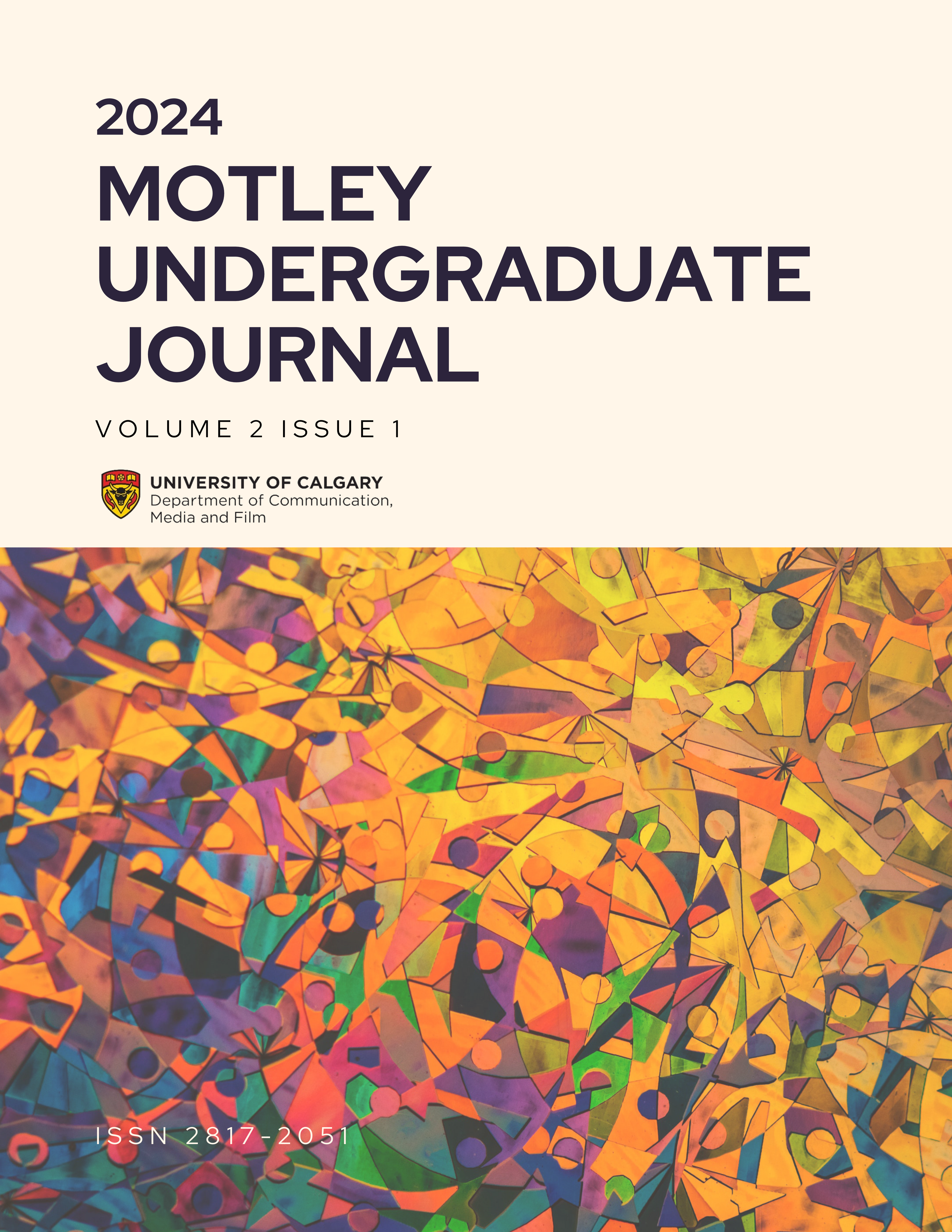An Analysis of the Social Construction of Breast Cancer Awareness in Media and Cause-Related Marketing
DOI:
https://doi.org/10.55016/ojs/muj.v2i1.78775Keywords:
Frank's communicative body, Cause-related marketing, Social construction of breast cancer awarenessAbstract
Today, women’s experience following breast cancer is being a survivor. This experience is a demedicalized one, there are no medical connotations attached, women are not patients, they are survivors. Breast cancer activism discourse presents this survivor experience and seeks to destigmatize the disease through public awareness. The demedicalized nature of the disease and its messaging of awareness has provided an opportunity for companies to capitalize on this discourse through cause-related marketing. This paper uses Arthur Frank’s concept of the communicative body to explain the origins of the social construction of breast cancer as a demedicalized experience and to analyze new media messaging of breast cancer activism within the past decade. The analysis conducted establishes two dominant themes in breast cancer activism in new media. Firstly, the use of survivors employing Frank’s communicative body to build awareness, which can be traced back to the origins of the movement in the 1970s. Secondly, the corporate capitalization of the movement, namely the pink ribbon through cause-related marketing. This paper argues the demedicalized experience of having breast cancer still maintains its core values as a survivor-focused movement about women communicating their illness as survivors through their communicative bodies. However, the demedicalized nature has in turn allowed companies to capitalize on its messaging for their own financial gain. This paper finds that the ‘pinkwashing’ produced by cause-related marketing for breast cancer damages activist messaging through its monetization, distorting the social construction of awareness, and dividing survivors in their views of how awareness should be communicated. This ultimately creates two sides of raising awareness: one created through survivors using Frank’s communicative body, the other established by companies using cause-related marketing.
References
Breast Cancer Research Foundation of Alabama[@BCRFAlabama]. (2021, August 20) “I’m here today because I refused to be unhappy. I took a chance.” – Wanda Sykes, Actor, Breast Cancer Survivor #MondayMotivation #BreastCancer #BreastCancerSurvivor[Tweet]. Twitter. https://twitter.com/BCRFAlabama/status/1432383204812460033
Cerullo, C. (2014, July 3). This July, Fight Breast Cancer with mike’s hard lemonade. Eater. https://www.eater.com/2014/7/3/6195271/this-july-fight-breast-cancer-with-mikes-hard-lemonade
Conrad, & Barker, K. K. (2010). “The Social Construction of Illness: Key Insights and Policy Implications: What Do We Know? Key Findings From 50 Years of Medical Sociology.” Journal of Health and Social Behavior, 51. ( S) S67–S79
Elliott. (2007). “Pink!: Community, Contestation, and the Colour of Breast Cancer. Canadian Journal of Communication, 32(3-4), 521–536
Gwyn, R. (2001). The Body, Disease and Discourse. In Communicating Health and Illness. SAGE Publications.
Harvey, J.A., & Strahilevitz, M. A. (2009). “The Power of Pink: Cause-Related Marketing and the Impact on Breast Cancer.” Journal of the American College of Radiology, 6(1), 26–32.
King, S. (2010). “Pink Diplomacy: On the Uses and Abuses of Breast Cancer Awareness” Health communication 25, no. 3 (2010): 286–289.
King, S. (2004). “Pink Ribbons Inc: breast cancer activism and the politics of philanthropy.” International Journal of Qualitative Studies in Education, 17(4), 473–492.
Sulik, G. (2010). Pink ribbon blues how breast cancer culture undermines women’s health. Oxford University Press.
Taylor, & Knibb, J. N. (2019). “Don’t give US pink ribbons and skinny girls: Breast cancer survivors’ evaluations of cancer advertising”. Health Marketing Quarterly, 36(3), 186–202.
Downloads
Published
How to Cite
Issue
Section
License
Copyright (c) 2024 Cole Challand

This work is licensed under a Creative Commons Attribution-ShareAlike 4.0 International License.
Copyright Policy
The Motley Undergraduate Journal is an Open Access article distributed under the terms of the Creative Commons Attribution 4.0 Share-Alike License. Under this license, users are free to share (copy, distribute and transmit) and remix (adapt) the contribution, including for commercial purposes, providing that the original work is properly cited. Under Creative Commons, authors retain copyright in their articles.
Author Self Archiving Policy
Authors are permitted to post their work online in institutional/disciplinary repositories or on their own websites. Pre-print versions posted online should include a citation and link to the final published version in The Motley Undergraduate Journal as soon as the issue is available; post-print versions (including the final publisher's PDF) should include a citation and link to the journal's website.

